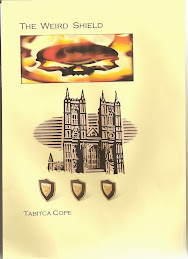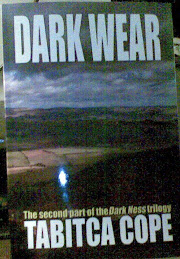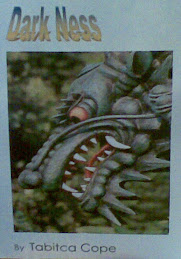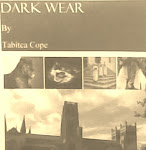Canadian Scientists Uncover Ancient Killer
Coelacanth; 'Overturns The Age Old Image Of Coelacanths'
by
Underwatertimes.com News Service
DEERFIELD, Illinois -- Coelacanths are iconic fishes,
well-known as 'living fossils.' The group was thought to have died out with the
dinosaurs until a living one was caught in 1938 off the coast of South Africa,
sending shock waves through the scientific world. More than 70 years later, a
new extinct coelacanth is causing more waves in the scientific community
because it had a tuna-like forked tail and was probably a fast-moving,
shark-like predator. This contrasts with living coelacanths, which are
slow-moving fishes with peculiar broad tails bearing 3 lobes. The most complete
fossils of this stunning 240 million-year-old species were found by collectors
from the Peace Region Palaeontology Research Centre in Tumbler Ridge, British
Columbia, and are described by two University of Alberta scientists in the most
recent issue of Journal of Vertebrate Paleontology.
The new form, named Rebellatrix, meaning the 'rebel
coelacanth' was a 3-foot long fish with a massive symmetrical forked tail quite
unlike the tails of any other living or fossil coelacanths. The structure of
this new fish is so unusual that it has been put in its own family. The fossils
were discovered on rocky slopes in the Hart Ranges of Wapiti Lake Provincial
Park, British Columbia, which at the time the fish was alive was off the
western coast of the supercontinent Pangaea.
Read more see pics here: http://www.underwatertimes.com/news.php?article_id=54097161082





















No comments:
Post a Comment